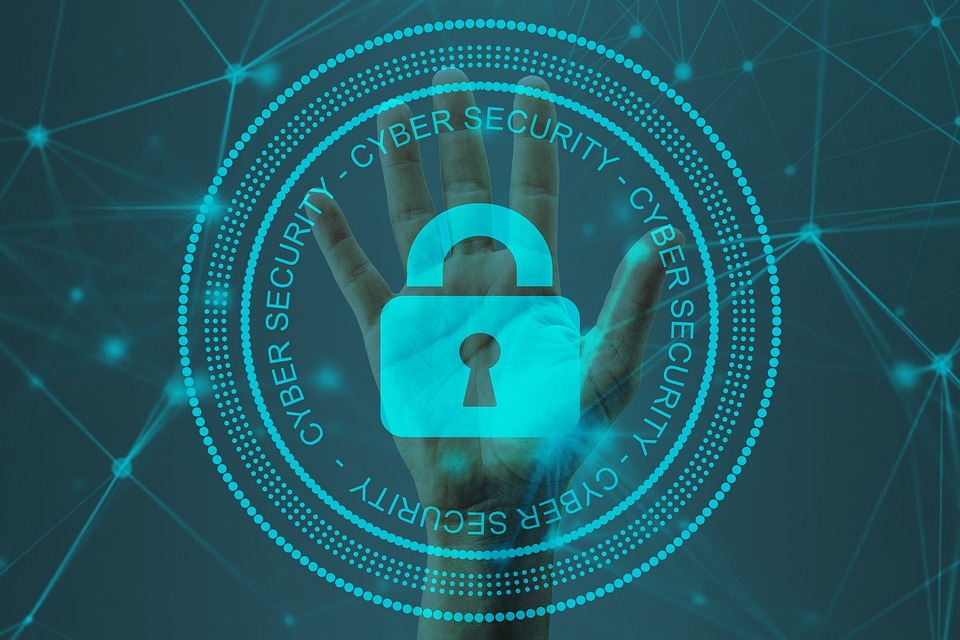In an era where digital transformation seems to touch every facet of business, the importance of cybersecurity has escalated dramatically. Companies invest heavily in advanced technologies and sophisticated security measures. However, many organizations still overlook a pivotal aspect of their cybersecurity strategy: the human factor. Employee awareness and training can significantly fortify cyber defenses, making staff the first line of defense against cyber threats.
Understanding the Cyber Threat Landscape
The cyber threat landscape is evolving faster than most organizations can keep up with. Cybercriminals use increasingly intricate tactics such as phishing, social engineering, and malware to exploit vulnerabilities—frequently targeting employees rather than high-level systems. According to recent statistics, over 90% of successful cyber attacks begin with human error, underscoring the critical need for a proactive approach to employee awareness.
The Role of Employees in Cybersecurity
Employees are often the weakest link in an organization’s security chain. They can inadvertently compromise security through actions such as:
- Falling for Phishing Scams: Untrained employees may click on malicious links in emails, allowing hackers to gain unauthorized access to sensitive data.
- Weak Password Practices: Many employees use easy-to-guess passwords or fail to change them regularly, making it simpler for cybercriminals to infiltrate systems.
- Neglecting Updates: Employees might ignore software and security updates, leaving systems vulnerable to existing threats.
Conversely, informed employees can act as a formidable deterrent against cyber attacks. By understanding potential threats and adopting safe practices, staff can help secure the organization.
Building a Cyber-Aware Culture
Establishing a culture of cybersecurity awareness is not a one-time initiative but rather an ongoing commitment. Here are steps organizations can take to empower their employees:
1. Regular Training Programs
Regular training sessions tailored to various roles within the organization can greatly enhance employee awareness. These programs should cover the basics of cybersecurity—identifying phishing emails, understanding malware, the importance of strong passwords, etc.
2. Simulated Phishing Attacks
Running simulated phishing attacks can help employees recognize malicious emails and understand their potential risk. This hands-on approach not only enlightens them but also promotes a healthy skepticism toward unsolicited communications.
3. Open Communication Channels
Creating an environment where employees feel comfortable reporting suspicious activities is essential. Encouraging open discussions about cybersecurity helps demystify the concept, making it a shared responsibility.
4. Incorporate Cybersecurity into Company Policies
Cybersecurity should be a recognized part of the organizational culture. Policies must clearly outline security expectations, consequences for non-compliance, and procedures for reporting potential incidents.
5. Promote Best Practices
Simple practices such as using two-factor authentication, avoiding unsecured Wi-Fi networks, and securing personal devices can substantially reduce security risks.
Measuring Success and Progress
Tracking the effectiveness of cybersecurity training can be achieved through assessments and metrics. Surveys to measure knowledge retention, tracking incidents, and analyzing the response to simulated phishing attacks can provide insight into how well employees are adapting to security practices.
Conclusion
In today’s digital age, the adage "the chain is only as strong as its weakest link" rings truer than ever. While technology plays a critical role in cybersecurity, the human factor cannot be overlooked. By fostering a culture of awareness and responsibility among employees, organizations can significantly bolster their defenses against cyber threats. Ultimately, empowered and knowledgeable employees can turn into one of the organization’s greatest assets in the ongoing battle against cybercrime. Investing in employee awareness isn’t just good practice; it’s a strategic necessity for any organization looking to navigate the complexities of the digital world safely.



